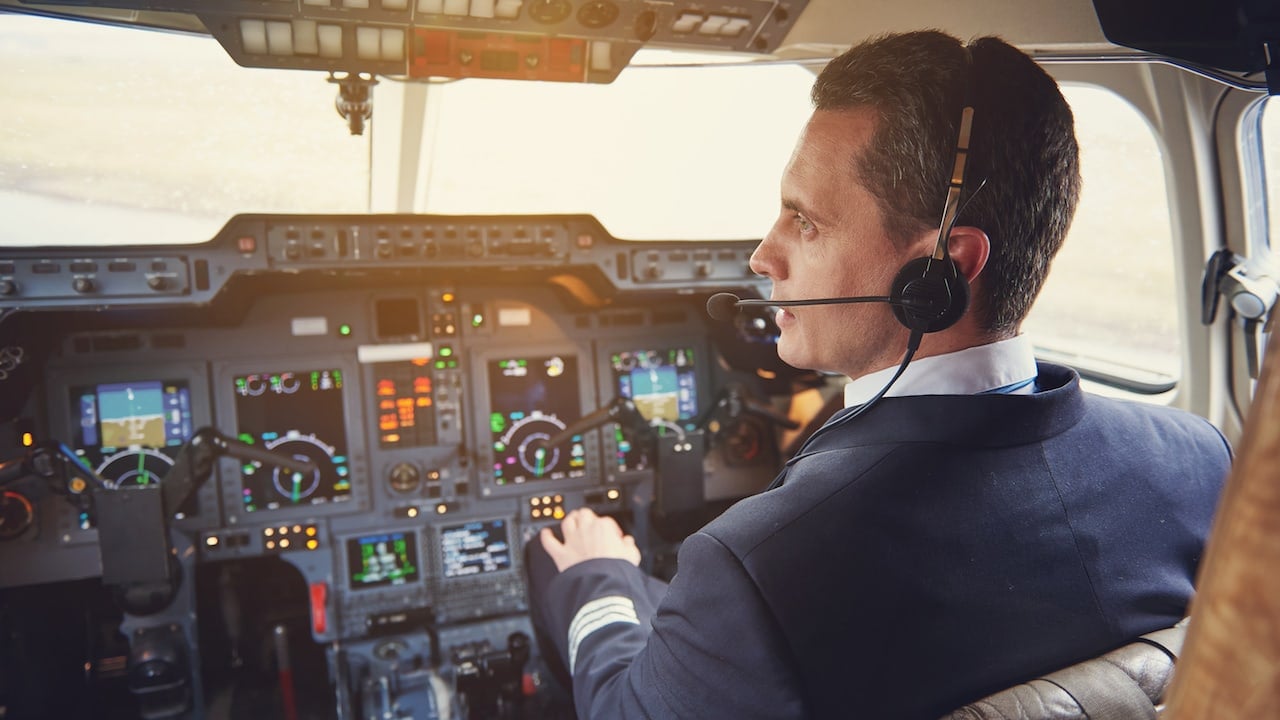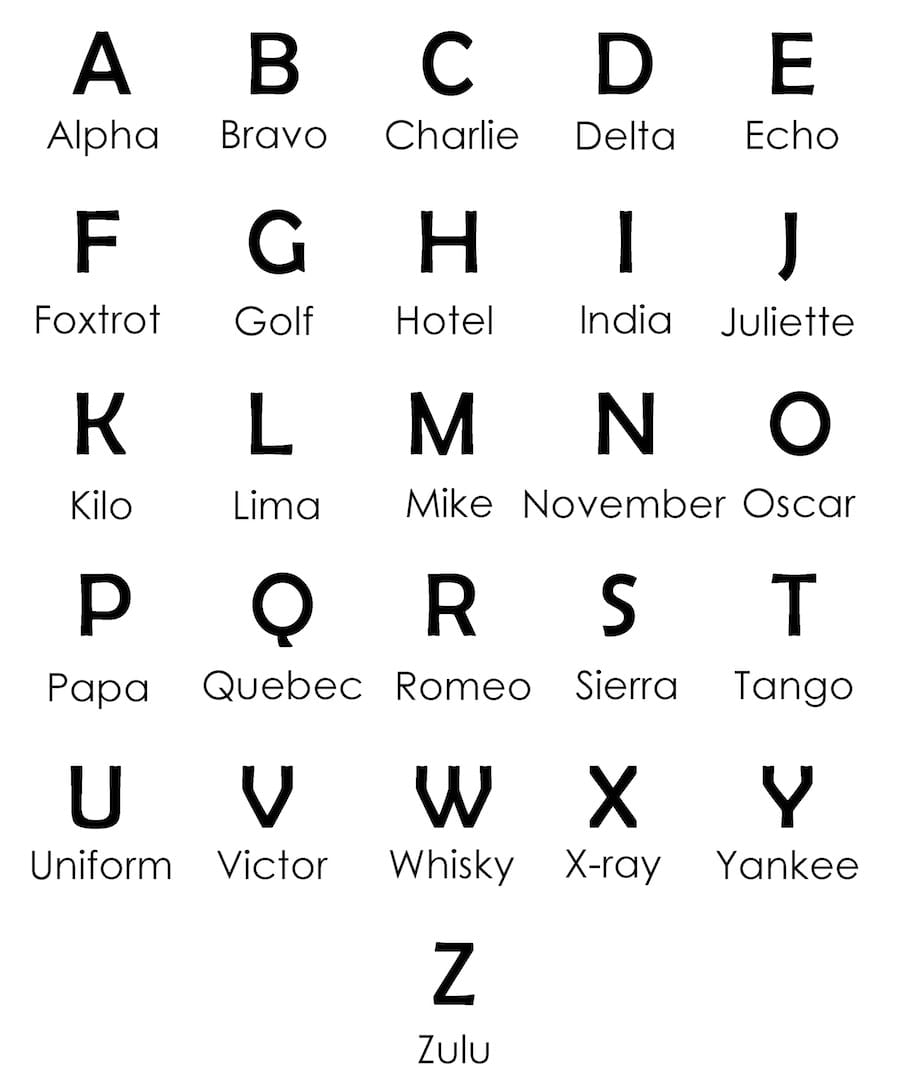Although flight crew and air controllers must share a common language, on occasions, noise generated by radio itself or even peoples’ different accents can make it complex to identify a particular letter.
That’s why the need to create the international phonetic alphabet, also known as NATO phonetic alphabet, arose. To facilitate air communication and minimise possible errors and misunderstandings.
But, would you like to know what it consists of? Following, we explain the origins of the international phonetic alphabet and its characteristics.




